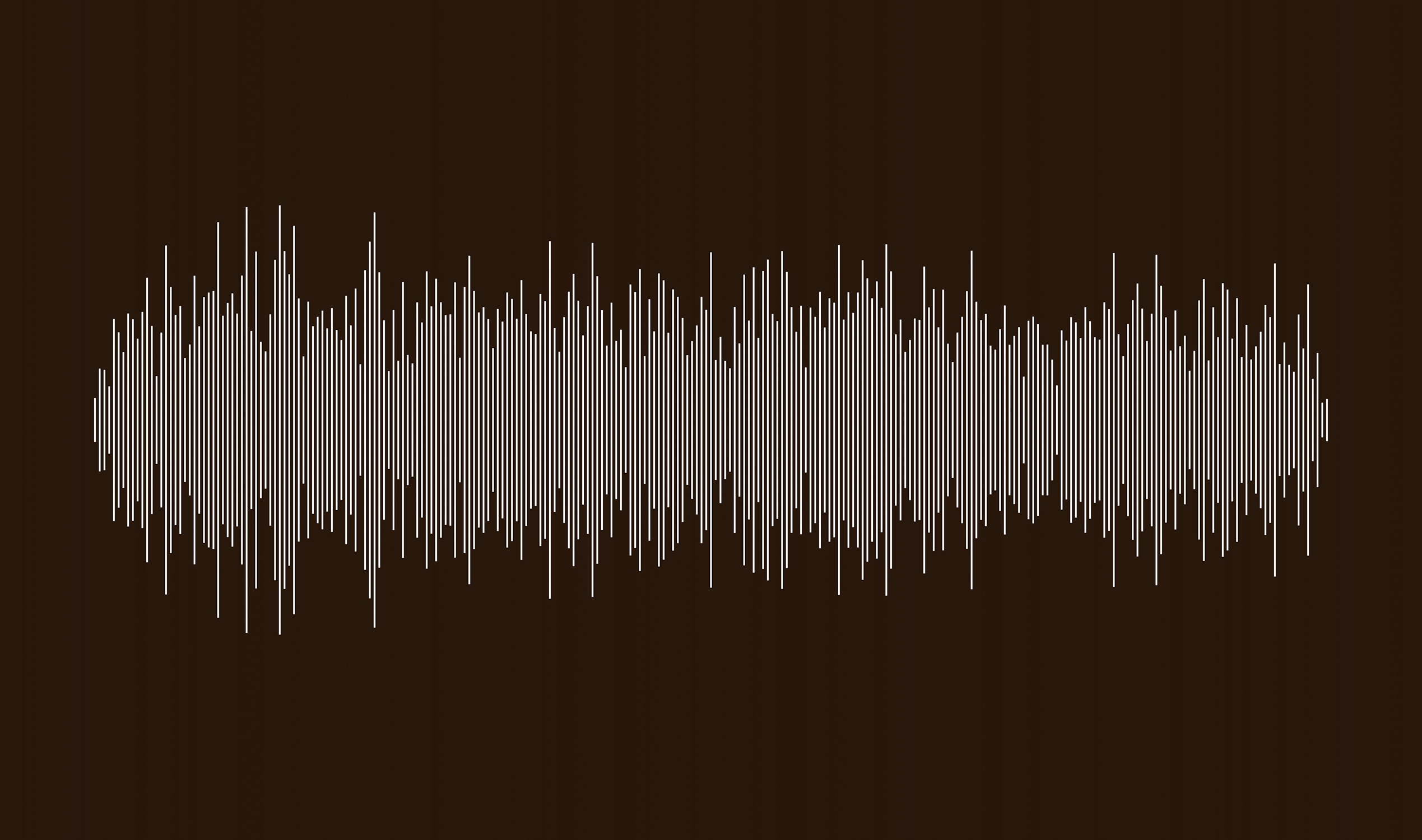
Although attention-deficit/hyperactivity disorder (ADHD) is prevalent throughout the world, those struggling to live with it often are able to combat its effects with modern medicines and newfound auditory methods. As one example, a recently published article cites the growing popularity of brown noise in terms of providing relief for people with ADHD, helping them focus on tasks and even providing them with better sleep.
The phenomenon of noise and its corresponding stimulation of the auditory system has been studied by psychologists for years, said Brian Anderson, a professor in the Department of Psychological and Brain Sciences at Texas A&M University. There are many different ways in which specific noises impact specific people — most notably, white noise, which is a combination of all frequencies that a human is able to hear. However, despite the millions of people promoting brown noise — lower-pitched bass sounds comparable to thunder, a jet plane or strong wind — psychologists have not been able to find evidence as to why this occurs.
“There really isn’t anything other than speculation at this point,” Anderson said. “We know that neural rhythms are a thing and you’re stimulating the auditory system with some rhythmic quality, but that’s it.”

While there are many theories about frequencies and how the stimulation influences the synchrony of neurons in the brain, there has not been enough research conducted, Anderson said. The good news, however, is that brown noise is incredibly easy to test, and brain rhythms are able to be measured straightforwardly within neuroscience.
“So far, all we know is that brown noise stimulates the auditory system, and that’s going to feed into all these other systems in ways that could conceivably help you focus,” Anderson said.
Though psychologists do not have proper evidence to explain brown noise’s impact on ADHD, there are many other confirmed ways in which those diagnosed with the disorder may find relief in terms of eliminating distractions and reducing the impact of hyperactivity, including stimulant medication and cognitive behavior therapy.
“Stimulant medication is one of those interesting mysteries of ADHD, because if someone is suffering from hyperactivity, why would you give them a stimulant?” Anderson said. “It sounds absolutely absurd on the surface, but in reality, it’s the most commonly prescribed psychopharmaceutical.”
Cognitive behavior therapy is a different approach to combat the effects of ADHD, in which a person forms and develops beneficial habits in order to manage their symptoms with certain contingencies.
“Behavior modification strategies can be particularly effective for younger people who aren’t as ingrained in their ways quite yet,” Anderson said, “but cognitive behavior therapy can be helpful for people who have struggled with ADHD for a while too.
For most, Anderson said ADHD is diagnosed early on. Sometimes, however, the signs of the disorder are not transparent enough until the person gets to college.
“There's an issue in higher education where some people don’t get diagnosed with it until they’re in college,” Anderson said. “If you’re high functioning, you might not realize the extent of your struggles until you have the demands you’re expected to have when you become more independent in college.”

The reason for this lies within the fundamental differences between high school and higher education, Anderson said. The change occurs during the transition because in high school, a student is provided with specific deadlines and responsibilities. If those expectations are not met, parents may get called and teachers may get involved. However, in college, students are not pestered by well-meaning professors, and they are entirely responsible for their decisions.
Without immediate intervention or consequences, a college student suffering from ADHD may be unable to focus or complete assignments in a timely manner, especially larger projects with extensive windows for completion.
“The ability to sustain your focus on a project over the course of a few weeks is something that requires dedicated, prolonged focus day after day, and that's probably one of the biggest things that people with ADHD struggle with,” Anderson said. “That’s also something that can ramp up in college. “
Inside and outside of the classroom, ADHD makes it difficult for students to maintain focus when there are other things competing for their attention, Anderson said, which can also make it difficult for them to retain information.
One of the common misconceptions about the disorder is that it can be developed and built through unproductive or negative habits. Despite not being able to pinpoint the exact cause of ADHD, Anderson said its complicated origins stem from genetics and other psychological contributors.
“The idea that it's a product of your own bad habits is not supported,” Anderson said. “Anyone struggling with ADHD shouldn’t buy into ideas that it’s somehow their fault because of the decisions that they made. That’s definitely not the case.”
The complexities of the disorder may not be fully understood, but it is evident that the effects of ADHD can be monitored and controlled using a variety of different techniques. Whether a person uses brown noise to stimulate the auditory system or medication to eliminate the effects of hyperactivity, Anderson said methods are constantly evolving.

